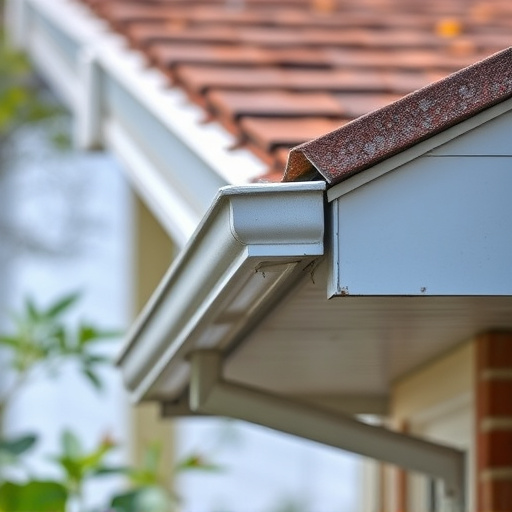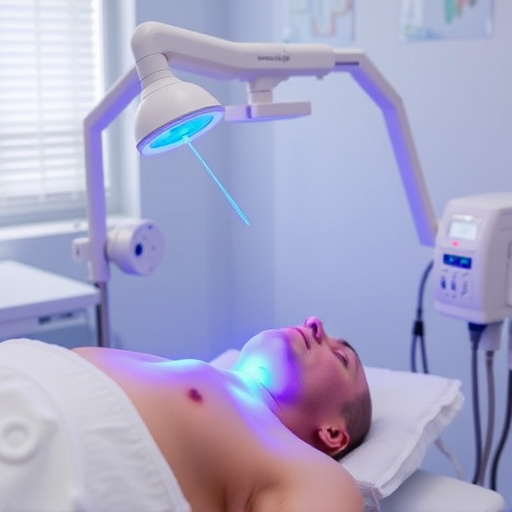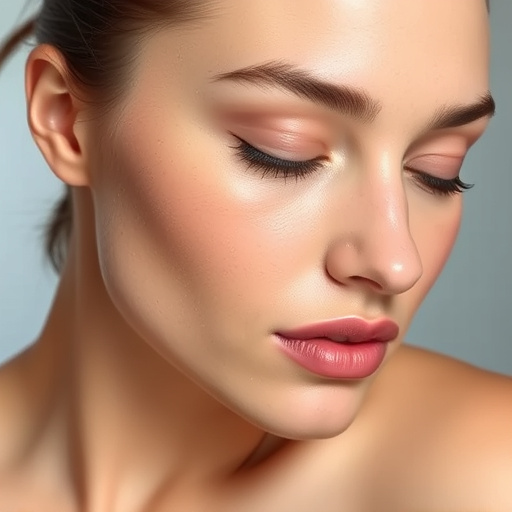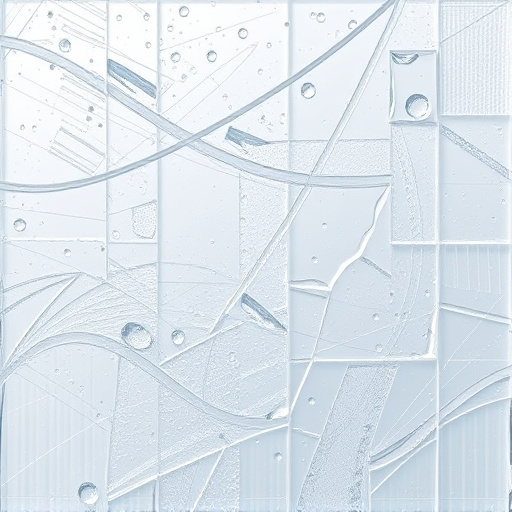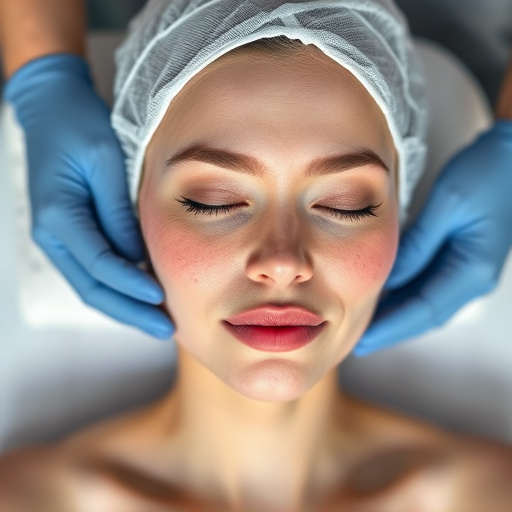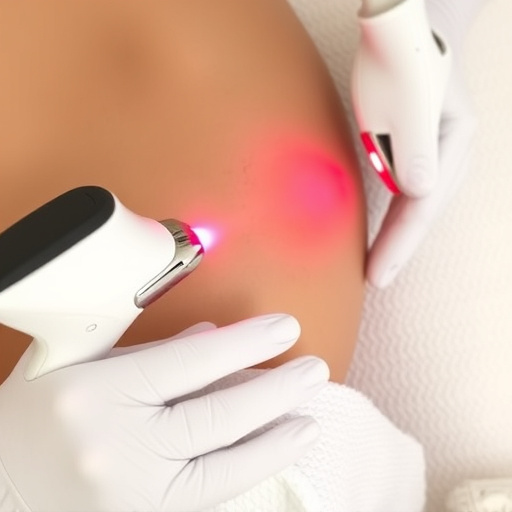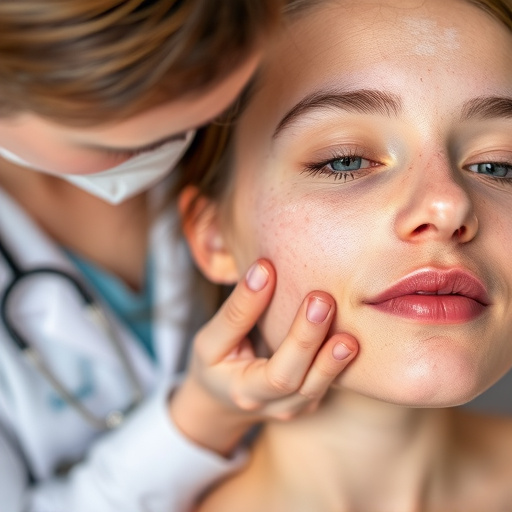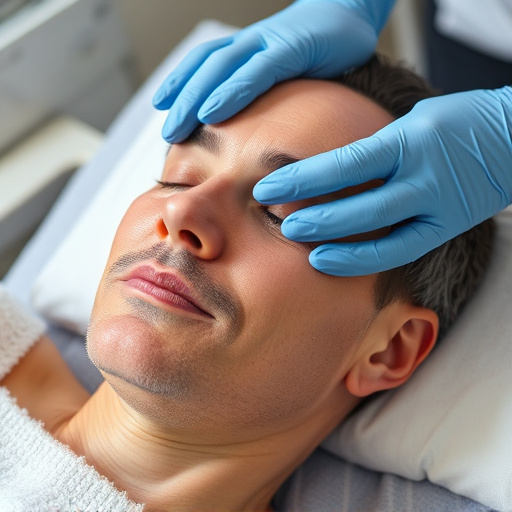Fine lines treatment involves understanding their types—dynamic and static—caused by muscle movement and environmental damage. Options range from topical creams to professional procedures like Botox, filler injections, microdermabrasion, and laser therapy. Non-surgical treatments offer immediate to gradual results over weeks. Long-lasting solutions combine advanced technologies with consistent skincare routines featuring retinol, peptides, antioxidants, and hydrating facials.
Are you looking to understand how long it takes to effectively treat fine lines? This comprehensive guide delves into the world of anti-aging skincare, focusing on the causes and types of fine lines. We explore various treatment options, revealing their time frames for optimal results. Additionally, discover effective strategies to achieve long-lasting smoothness, enhancing your skin’s health and appearance. Learn about the best practices for tackling these subtle signs of aging, with a focus on proven, efficient fine lines treatment methods.
- Understanding Fine Lines: Causes and Types
- Treatment Options: Time Frames Revealed
- Effective Strategies for Long-Lasting Results
Understanding Fine Lines: Causes and Types

Fine lines are a natural part of aging, but understanding their causes and types is crucial for effective treatment. These lines, often referred to as wrinkles, can vary in depth and appearance based on factors such as genetics, sun exposure, smoking, and facial expressions. Dynamic fine lines, caused by muscle movement, usually appear around the eyes, mouth, and forehead. These are typically shallower and more responsive to treatments like Botox or filler injections. Static fine lines, on the other hand, are permanent due to environmental damage or genetic predisposition and may require more intensive procedures, such as chemical peels or laser therapy, for significant improvement.
The types of skin care routines and fine lines treatment methods vary depending on these distinctions. Medical spa services offering skin brightening and skin tightening treatments have gained popularity as non-invasive ways to combat dynamic lines. Topical creams with retinol or peptides can help with static fine lines by stimulating collagen production. However, for deeper wrinkles, professional interventions like microdermabrasion, intense pulsed light (IPL), or more advanced laser therapies might be recommended.
Treatment Options: Time Frames Revealed

When it comes to addressing fine lines, there’s a plethora of treatment options available today, each boasting its own time frame and effectiveness. Let’s take a closer look at some popular choices.
Non-surgical treatments, such as Botox and dermal fillers, are often sought for immediate results. Botox typically takes just a few days to start working, with optimal effects visible after about 7-14 days. Dermal fillers, on the other hand, can provide instant volumization but may take up to 2 weeks for the skin to fully adjust, revealing the final, desired outcome. For those inclined towards professional skincare, in-office treatments like microdermabrasion, chemical peels, and laser resurfacing offer varying time frames. Microdermabrasion usually shows initial improvements within a week, while deeper chemical peels and lasers may take several days to heal and reveal smoother skin after around 2-4 weeks. Moreover, skin brightening techniques, often incorporated into professional skincare routines, can take consistent use over several weeks or months to reduce the appearance of fine lines and enhance overall skin radiance.
Effective Strategies for Long-Lasting Results
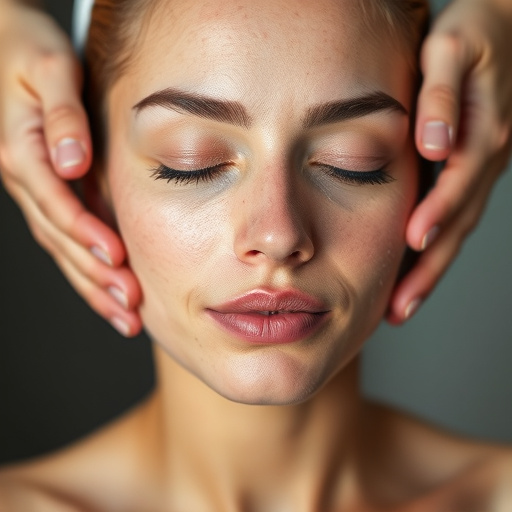
To achieve long-lasting results in fine lines treatment, it’s crucial to adopt a multi-faceted approach that combines various effective strategies. Firstly, regular skin tightening treatments using advanced technologies like microcurrent or radiofrequency can stimulate collagen production, leading to smoother, more youthful skin. These non-invasive procedures not only reduce the appearance of fine lines but also improve skin elasticity over time.
Additionally, incorporating hydrating facials into your skincare routine is essential for maintaining optimal skin hydration levels. Well-hydrated skin is less prone to premature aging and can better withstand environmental stressors that contribute to the formation of fine lines. Moreover, integrating a robust at-home skincare regimen featuring retinol, peptides, and antioxidants can significantly enhance the effectiveness of these treatments, resulting in more pronounced and lasting improvements in skin texture and tone.
Treating fine lines effectively requires a multifaceted approach. Depending on the severity and type, results can vary, taking anywhere from several weeks to months. By understanding the causes and exploring tailored treatment options, you can significantly improve your skin’s appearance over time. Consistent care and patience are key to achieving long-lasting, youthful-looking skin. Incorporating effective strategies into your routine will help you combat fine lines successfully.
